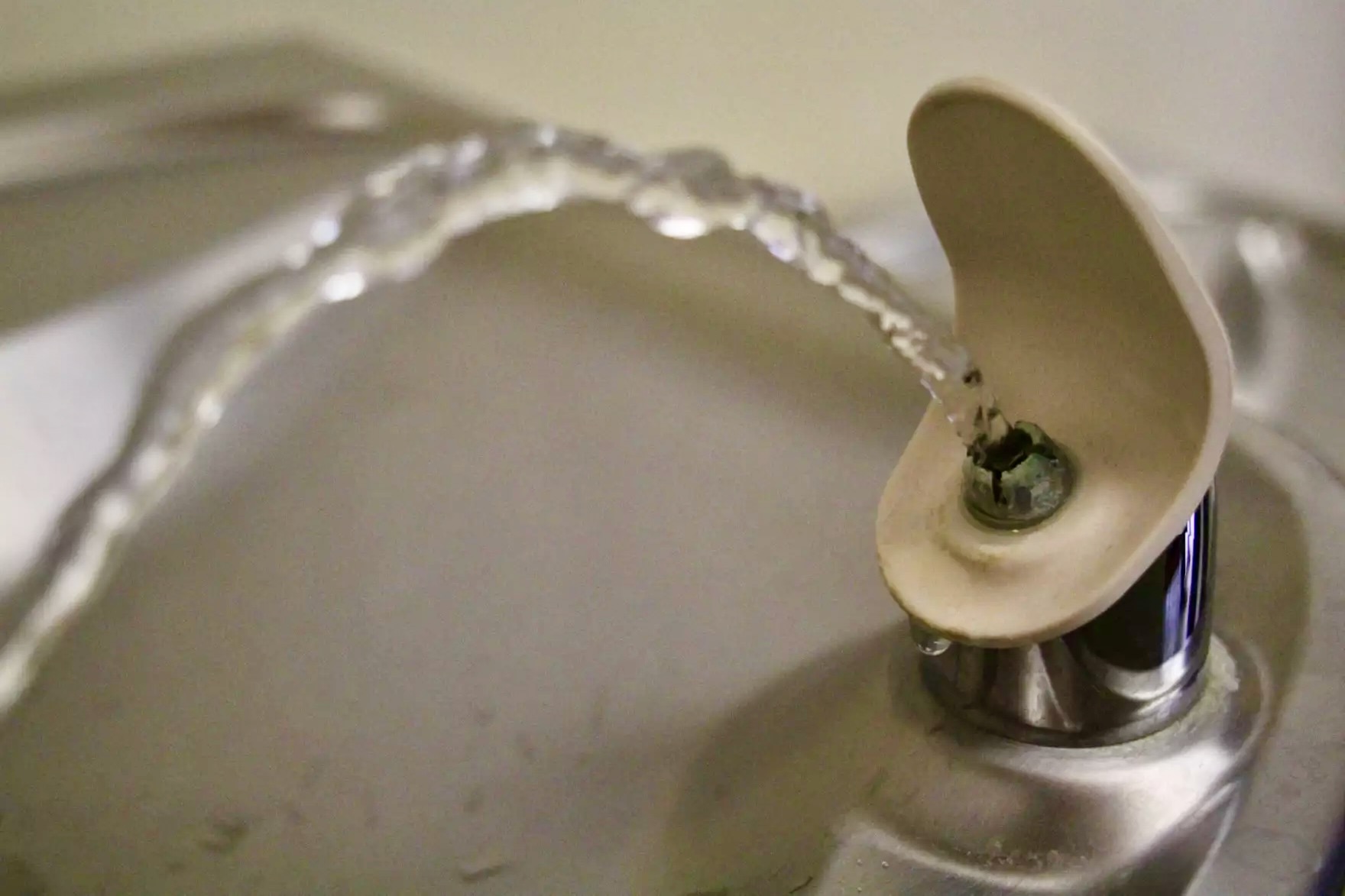We hear a lot about school safety these days, but according to the group Healthy Schools Pennsylvania, there are many environmental hazards in and around schools that are being overlooked. Recently, we chatted with Michelle Naccarati-Chapkis, executive director of Women for a Healthy Environment, which runs the Healthy School PA program, about what some of these risks are—and what can be done about them.
LISTEN: “The Environmental Hazards That Could Be Putting Your Kids At Risk”
The Allegheny Front: So what are some of the dangers in Pennsylvania schools that you’re trying to address?
Michelle Naccarati-Chapkis: Well, there are a whole host of environmental factors in a school building that folks might not be familiar with: Things like lead in paint; radon in schools; the types of products that are used in schools for maintenance, such as cleaning supplies; and pesticides that are used on school grounds.
We know that one in six Americans steps into a school building every day, and our buildings are aging across the United States. We have products in our school buildings that we know aren’t safe, such as asbestos or PCBs, which are used in lighting fixtures. So these carcinogenic products are still in our buildings, and we need to address that as we renovate these spaces to make them healthier. And that’s a funding issue.
A report that just came out this year, the State of our Schools, showed that the historic spending for K-12 facilities was at $99 billion. And to bring that up to today’s standards would cost $145 billion. So that leaves a projected gap of $46 billion to upgrade our K-12 facilities.
AF: And are there studies that link kids’ health or performance to environmental issues at or near their schools?
MNC: The scientific evidence is demonstrating how we can create a healthy environment by reducing environmental toxins on a daily basis. And if we keep those buildings healthy, then we’re keeping all of the people in those buildings healthy. As a result, we have less absenteeism and we have students in the seats, which leads to better academic performance. We can use green cleaning as an example.
There are lots of studies that show that by switching to a third-party-certified green cleaning product, it reduces asthma or allergy triggers—which then creates a better environment for everyone, including custodial staff.
Oftentimes, when we have these commercial or consumer-grade products, we don’t know all the ingredients. And studies show that ingredients in cleaning products that are still used in schools contain things like triggers for asthma or carcinogens. So we want people to be aware of that and move toward another type of product that is comparably priced and works just as well, if not better, than traditional products.
AF: One of your initiatives is the Healthy Schools Map, where you’re looking at environmental hazards that are near schools. I was struck by the fact that 61 percent of schools in southwestern Pennsylvania have one or more air emission sources within a one-mile radius.
MNC: When we did our mapping initiative, we found air emissions sources, as well as gas wells, compressor stations, active mining operations and active railroads, all within a one-mile radius. And that’s certainly a concern these days with the derailments that we’ve been seeing in the news—especially the trains that are carrying crude oil.
What we can do is use that information for emergency preparedness and response and also use it for siting new schools. It’s also important for facility directors and staff so they are working—through their HVAC system—to change filters and look at the intakes and outtakes on those buildings to reduce these exposures.
And, on air quality action days, it’s an opportunity to think about whether our kids should be out on the playground at recess. It might not be a day that’s healthy to be outside, even though our skies are blue.

This map shows a snapshot of the environmental hazards around schools in the greater Pittsburgh region. Black icons represent sources of pollution like gas wells and air emission sources. Each color-coded dot on the map identifies a school, with red and orange dots representing schools facing the greatest environmental risks. Graphic courtesy Healthy Schools Pennsylvania
AF: Is Pennsylvania doing enough at the state level to help address these issues with schools?
MNC: We could be doing better. And the organization Healthy Schools PA is talking to legislators about policies that would better protect the health of the school community. Eleven states and the District of Columbia have passed ‘green cleaning in school’ bills, and we think that makes good sense for Pennsylvania. We have also been talking with legislators about radon in schools. We have many states that require radon testing once every five years. We have testing of our homes when we have a home transfer, but we don’t have that in our schools. And we really need to be focusing on radon, because it is the second-leading cause of lung cancer in the U.S.
AF: So what should parents look for in evaluating the environmental safety at their kids’ schools?
MNC: Well, we have laws in Pennsylvania such as anti-idling laws that ensure that buses don’t idle any longer than five minutes in a 60-minute period. But we know often times that’s getting overlooked. So parents can be that strong voice to say, ‘Turn off the engine.’ We also have an integrated pest management law in Pennsylvania, and so schools have to notify the school community when they’re going to be applying pesticides. So, again, this is an opportunity for parents to work with school districts to really understand why that spraying has to occur.
###
Michelle Naccarati-Chapkis is the executive director of Women for a Healthy Environment, which runs the Healthy School PA program. Among other things, the program provides free lead tests for school drinking water. You can read more about that at their website.



